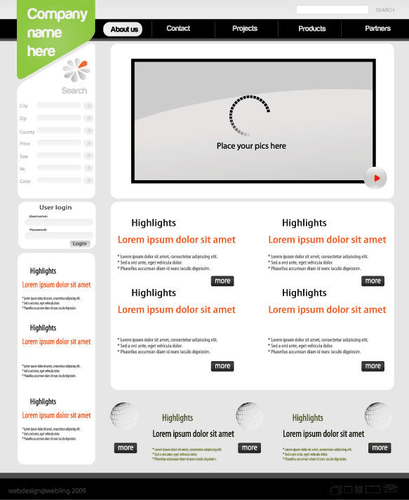
Sourcetable, an AI-powered spreadsheet, greatly simplifies the process of computing these rates and other financial metrics. Its intuitive interface and powerful computational capabilities allow users to perform complex calculations with ease. Additionally, experimenting with AI-generated data helps in understanding fluctuating scenarios without risking real financial inputs.

Determination of Allocation Base

As your business grows and becomes more complex, you can refine your methodology. Remember, even a rough predetermined rate is better than ignoring overhead entirely, which is a common mistake that leads to underpricing and cash flow problems. Now, forecast how many labor hours, machine the predetermined overhead rate is calculated hours, or total labor costs you expect over a given period. The use of such a rate enables an enterprise to determine the approximate total cost of each job when completed. In recent years increased automation in manufacturing operations has resulted in a trend towards machine hours as the activity base in the calculation.
Budgeting for Predetermined Overhead Rates
Predetermined overhead rates are used to assign overhead costs to products or services, enabling accurate product costing and pricing. To calculate a predetermined overhead rate for mixed costs, the fixed contra asset account and variable portions must be separated. The fixed portion is allocated using a fixed allocation base, and the variable portion is assigned based on an activity measure. Regularly evaluate the performance of the predetermined overhead rate against actual overhead costs and make necessary adjustments to improve accuracy and ensure reliable financial reporting. This ongoing evaluation and refinement process helps maintain the effectiveness of the predetermined overhead rate. These costs include all indirect costs that cannot be directly traced to specific products or services.

Best Practices for Overhead Rate Management
- Hence, this predetermined overhead rate of 66.47 shall be applied to the pricing of the new product VXM.
- Learn about emerging trends and how staffing agencies can help you secure top accounting jobs of the future.
- Once the activities have been identified, the next step is to assign costs to them.
- Manufacturers use the predetermined overhead rate to track and control expenses in relation to production and sales, ensuring alignment with business operational goals.
- So in summary, the overhead rate formula relates your indirect operating costs to production costs.
Calculating the predetermined overhead rate is crucial for accurate cost accounting and managerial decision-making. This rate, calculated as total estimated overhead costs / total estimated allocation base, helps businesses in allocating overhead costs more precisely. Whether determining product costs or assessing profitability, understanding this rate is fundamental. Understanding how to calculate the predetermined overhead rate is essential for businesses aiming to accurately allocate their manufacturing overhead costs.
Calculating the POHR
- This method is used before production begins, helping companies allocate costs uniformly over time, especially in job-order costing and process costing systems.
- Sourcetable, an AI-powered spreadsheet, streamlines complex calculations, empowering you to focus on results rather than processes.
- Knowing the overhead cost per unit allows the business to set competitive pricing while still covering their indirect expenses.
- These are indirect costs incurred by a business that are not directly tied to the production of a specific product or service.
- So if your business is selling more products, you’ll still be paying the same amount in rent.
- For instance, assume the company is bidding on a job that will most likely take $5,000 of labor costs.
Management analyzes the costs and selects the activity as the estimated activity base because it drives the overhead costs of the unit. Added to these issues is the nature of establishing an overhead rate, which is often completed months before being applied to specific jobs. Establishing the overhead allocation rate first requires management to identify which expenses they consider manufacturing overhead and then to estimate the manufacturing overhead for the next year.
Streamline Your Calculations with Sourcetable

Therefore, the single rate overhead recovery rate is considered inappropriate, but sometimes it can give maximum correct results. The predetermined overhead rate plays a pivotal role in financial decision-making processes. You should calculate your predetermined overhead rate at least once per year. Again, this predetermined overhead QuickBooks ProAdvisor rate can also be used to help the business owner estimate their margin on a product.

The predetermined overhead rate serves as a crucial tool for businesses, allowing them to estimate and allocate indirect costs before the actual costs are known. As you can see, calculating your predetermined overhead rate is a crucial first step in pricing your products correctly. Accurately calculating predetermined overhead rates is essential for effective cost estimation, budgeting, and financial planning in manufacturing businesses. This guide provides a comprehensive understanding of the concept, its formula, practical examples, FAQs, and interesting facts to help you optimize your operations. Properly calculating and applying overhead rates is an important accounting process for businesses to absorb indirect costs into their job costing system and product pricing. The formula for a predetermined overhead rate is expressed as a ratio of the estimated amount of manufacturing overhead to be incurred in a period to the estimated activity base for the period.

